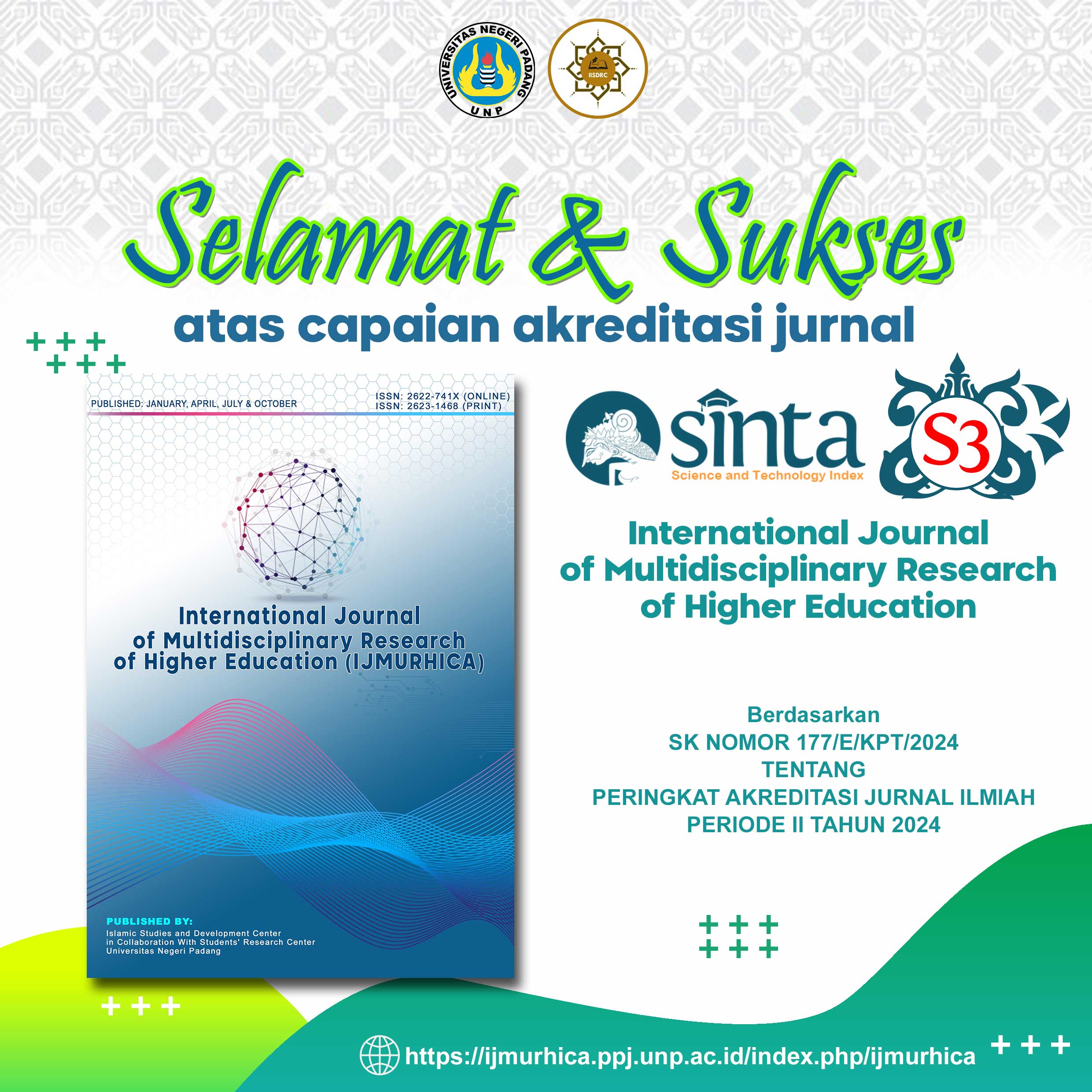Smart Wheelchair Design for the Disables to Worship at the Mosque
DOI:
https://doi.org/10.24036/ijmurhica.v6i3.109Keywords:
Wheelchair Design, innovation, Islamic technology, persons with disabilitiesAbstract
Persons with disabilities with limited walking (leg disabilities) need assistive devices in carrying out life routines, especially praying at the Mosque. Current data show that 10% of the world's population or 65 million people are those with walking limitations (foot disabilities). Therefore, it is necessary to design a wheelchair that is more innovative and responsive so that the movement of people with disabilities is more assisted and flexible. This article will discuss how the author designs and manufactures wheelchairs to help people with disabilities perform prayers at the mosque. The name for the product made is Wheelchair design. To design the product the author uses the prototype method, this method is carried out by identifying problems, analyzing user needs, designing products according to user needs, making products that have been planned. This design is one of the technological development innovations in Islam as a religion that teaches its people to innovate in various scientific aspects. Besides that, this tool is actually very helpful for people with disabilities in making it easier for them to carry out worship at the mosque.






